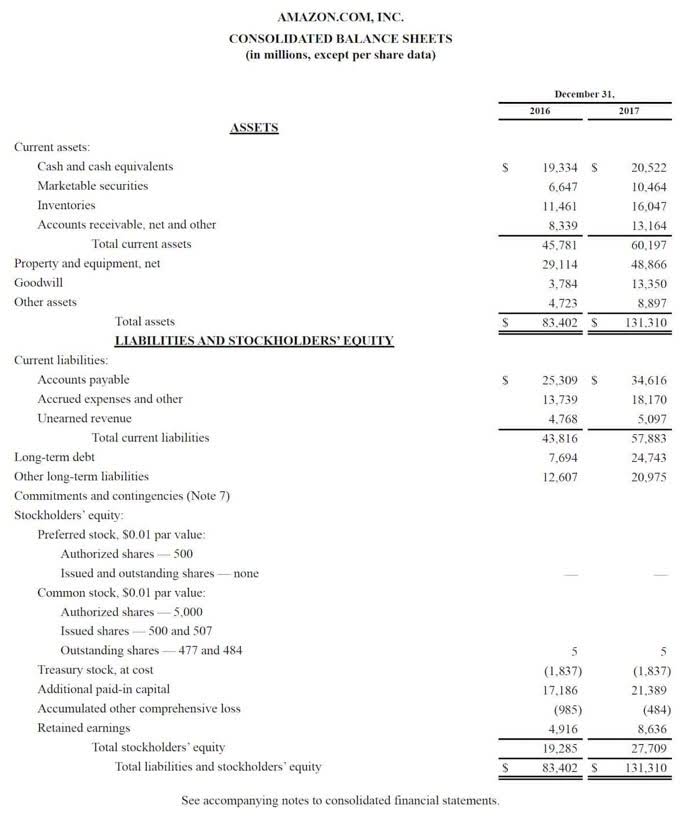
Understanding these costs aids in resource allocation, directing funds to areas promising the greatest return on investment. Manufacturing overhead encompasses indirect production costs like equipment depreciation, utilities, and maintenance. These expenses, though not directly traceable to specific products, are necessary for production.
What is Enterprise SEO? A Quick Guide

They want to allocate their budget effectively to maximize conversions (such as sign-ups, downloads, or purchases). They consider various channels (Google Ads, Facebook, Instagram) and different ad creatives. Manufacturing overhead includes indirect costs that cannot be directly attributed to a specific product. These costs cover factory utilities, equipment maintenance, and supervision. Calculating manufacturing overhead often involves allocating these costs based on machine hours, labor hours, or other relevant factors. In summary, direct material costs are fundamental to production and require strategic management.

Verify Business on Google
They are used to measure the efficiency of a certain product’s production. How do companies keep track of their expenses, production, sales, and efficiency? Companies largely depend on different metrics to monitor these essential parameters. One such unit is called the ‘conversion costs’ and it refers to the expenses incurred in turning raw materials into inventory that is conversion costs sellable. Outsourcing production can make it more difficult for a manufacturing company to maintain quality control over its products.
- Therefore, the conversion cost per unit for the month was $6.80 per unit (calculated as $136,000 of total conversion costs divided by the 20,000 units produced).
- A periodical review of the firm’s prime cost is crucial to ensure the efficiency of its manufacturing process.
- The conversion costs incurred at different stages of the production process can vary depending on the production method and the product being produced.
- Under IAS 2, inventories are measured at the lower of cost and net realisable value (IAS 2.9).
- Conversion cost is a useful tool for cost accounting and management, and it can help to improve the performance and profitability of any business.
What is Zip Code Marketing
In this article, we’ll dive deep into what conquesting is and how it can be leveraged in different forms of advertising. Link building is like the secret sauce of SEO – it’s what makes your website stand out in a sea of online content. You might be falling victim to CTR manipulation, a sneaky tactic that can skew your data how is sales tax calculated and hinder your online success. When it comes to showcasing your business online, visuals play a crucial role. If you’re an avid gamer, you know that relationships play a crucial role in enhancing your gameplay experience.
- However, it is important to note that outsourcing may also increase transportation costs, which can offset some of the savings on labor.
- Therefore, in order to achieve optimization of the production process, companies strive to keep the conversion costs minimum.
- In summary, conversion cost is a dynamic interplay of labor, materials, overheads, technology, and process efficiency.
- Also, it helps the company to make effective business decisions that suit its profit margin.
- Conversion Rate Optimization for Programmatic Advertising Programmatic advertising has revolutionized the way businesses connect with their target audiences online.
- Direct material costs encompass the expenses related to raw materials directly used in production.
The Benefits of Hiring a 2D Animation Video Company for Your Business
It provides insights into the efficiency and effectiveness of the production process. By analyzing this variance, companies can identify areas of improvement and take corrective actions. Indirect materials, electricity charges and salaries of engineer and supervisor are all indirect costs and have, therefore, been added together to obtain total manufacturing overhead cost. Numerous manufacturing overhead costs are encountered in manufacturing facilities and processes.
B2B Web Agency
It is calculated by dividing the total conversion cost by the number Bookkeeping for Etsy Sellers of units produced. Conversion cost per unit is useful for measuring the efficiency and profitability of a production process, as well as for setting prices and budgets. In this section, we will explain how to calculate conversion cost per unit and how to use it for different purposes. We will also provide some examples and insights from different perspectives. In accounting, conversion costs represent the money spent on turning raw materials into finished products.

Marketing at SCO
This concept is also known as conversion expense, conversion overhead, or product conversion cost. In summary, managing and reducing conversion costs requires a holistic approach, combining process optimization, strategic partnerships, employee engagement, and technological advancements. By implementing these strategies, businesses can achieve sustainable growth and maintain a competitive edge in today’s dynamic market.
International SEO Company
These examples illustrate how the conversion cost formula and per unit cost can be applied to different scenarios. By using these metrics, managers can monitor and control the production costs and optimize the resources. They can also compare the conversion costs and per unit costs of different products, departments, or periods, and identify the areas of improvement or inefficiency.

The calculation for prime costs includes the amounts spent on direct materials and direct labor. Tangible components—such as raw materials—that are needed to create a finished product are included in direct materials. The pay, wages, or perks provided to an employee who works on the completion of all final items are considered direct labor costs. Prime costs are frequently calculated using compensation provided to machinists, painters, or welders. Most of the conversion costs will be in the form of ongoing equipment maintenance and depreciation expenses.
